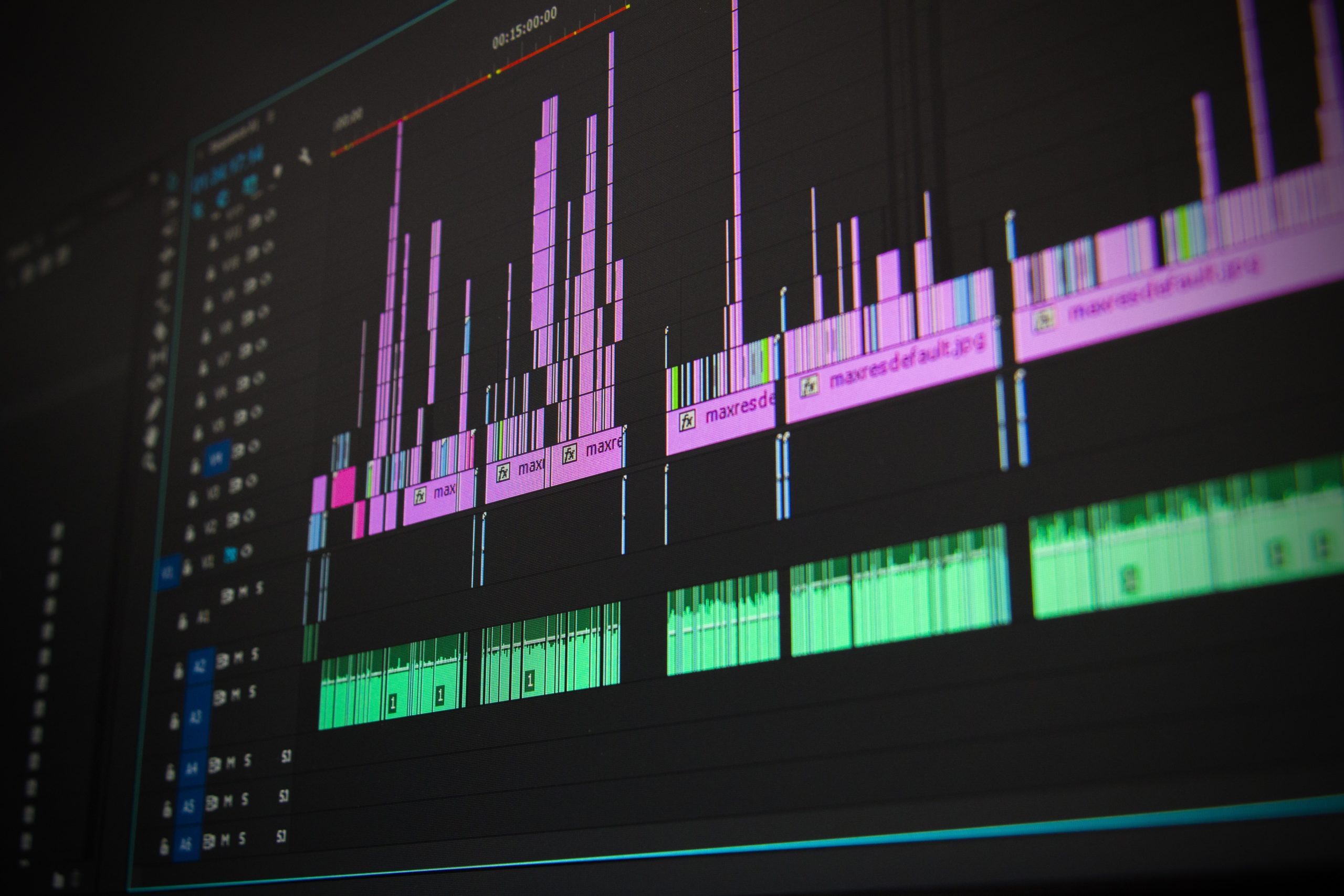What is the Difference Between Royalty-Free and Free Licensed Music?

We now have free access to a massive amount of video, audio, and visual files. Does this imply that we are free to use these files for our own purposes? Ordinary users, for example, do not think about it when downloading a song or utilising an image from the Internet as an illustration for a blog post. However, it can occasionally result in major legal issues and even court procedures. If your business involves the media or the use of materials for commercial gain, you should look into the problem of content licencing and fair use.
What Is Royalty-Free Content, and How Does It Work?
First, let’s define royalty-free music, as this word is sometimes misinterpreted. In truth, royalty-free music is a form of content licencing that allows the consumer to pay once and use the music for as long as they need it.
For instance, you might purchase royalty-free background music from LesFM to use with a video that you want to upload to your Youtube channel. You’ll pay the same rate whether you have ten subscribers or ten million and whether you utilise it for one day or five years. You can also purchase a music licence to broadcast on the radio or television. You’ll also just have to pay once, regardless of how many times the advertisement is played: once a week or ten times a day, for one month or two years.
As a result, you must understand that royalty-free music does not imply that the content is also free. It can be compensated or unpaid. It all depends on the type of licence that music has. The creator of a music track chooses the type of licence his or her work will have.
The Different Kinds of Royalty-Free Music Licenses
There are two large groupings that encompass different types of licencing for free music:
Everything that is not licenced is in the public domain: all music that is copyright-free, voluntarily donated by the author for general use, never licenced, or whose licence has expired. This work is free to use for any purpose, including commercial ones, as long as it is clearly indicated as public domain.
Free licence music differs from public domain music in that the composer places constraints on the piece of work’s reproduction, distribution, and copying.
The CC or Creative Commons classification system, founded in 2001 by a group of people tired of numerous distinct licences, is the most widely used of the free licences. Third parties who use music in their projects or movies under specific conditions are granted some rights under Creative Commons licences.



